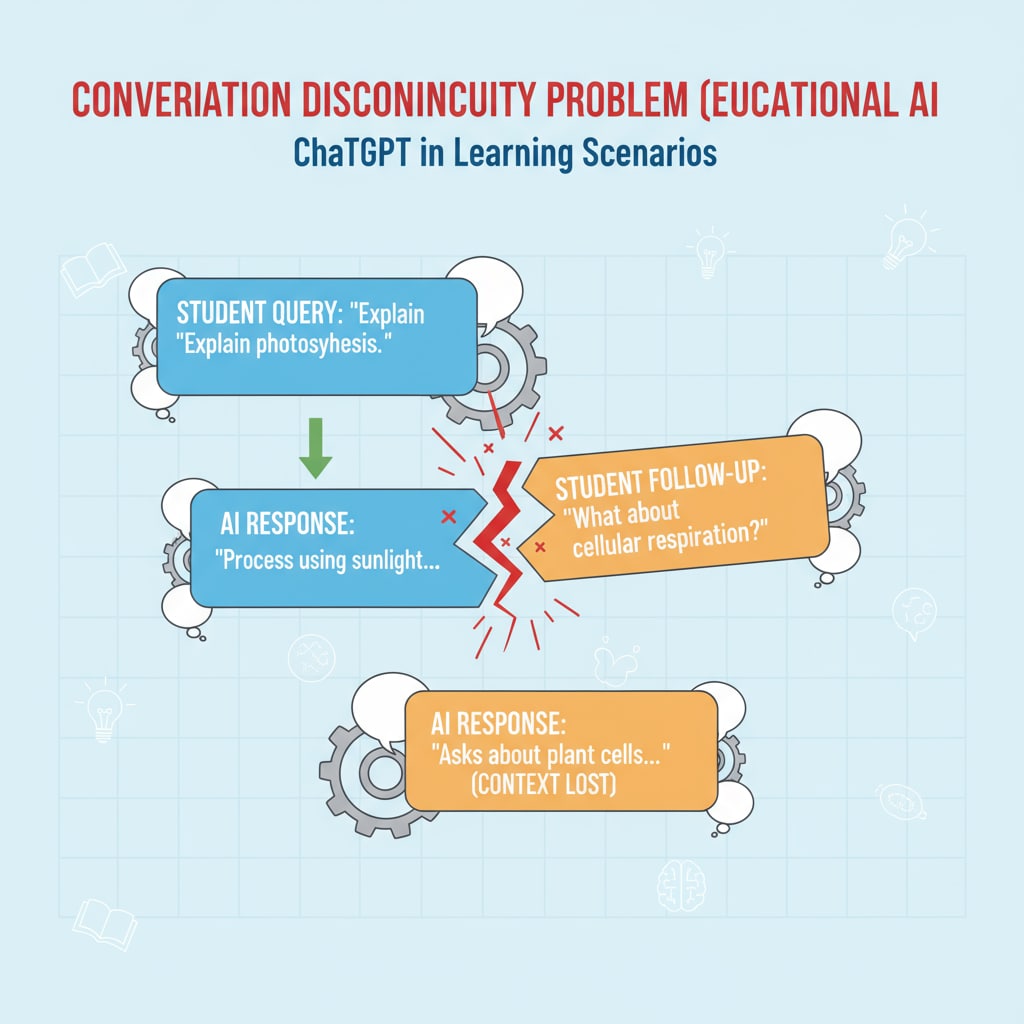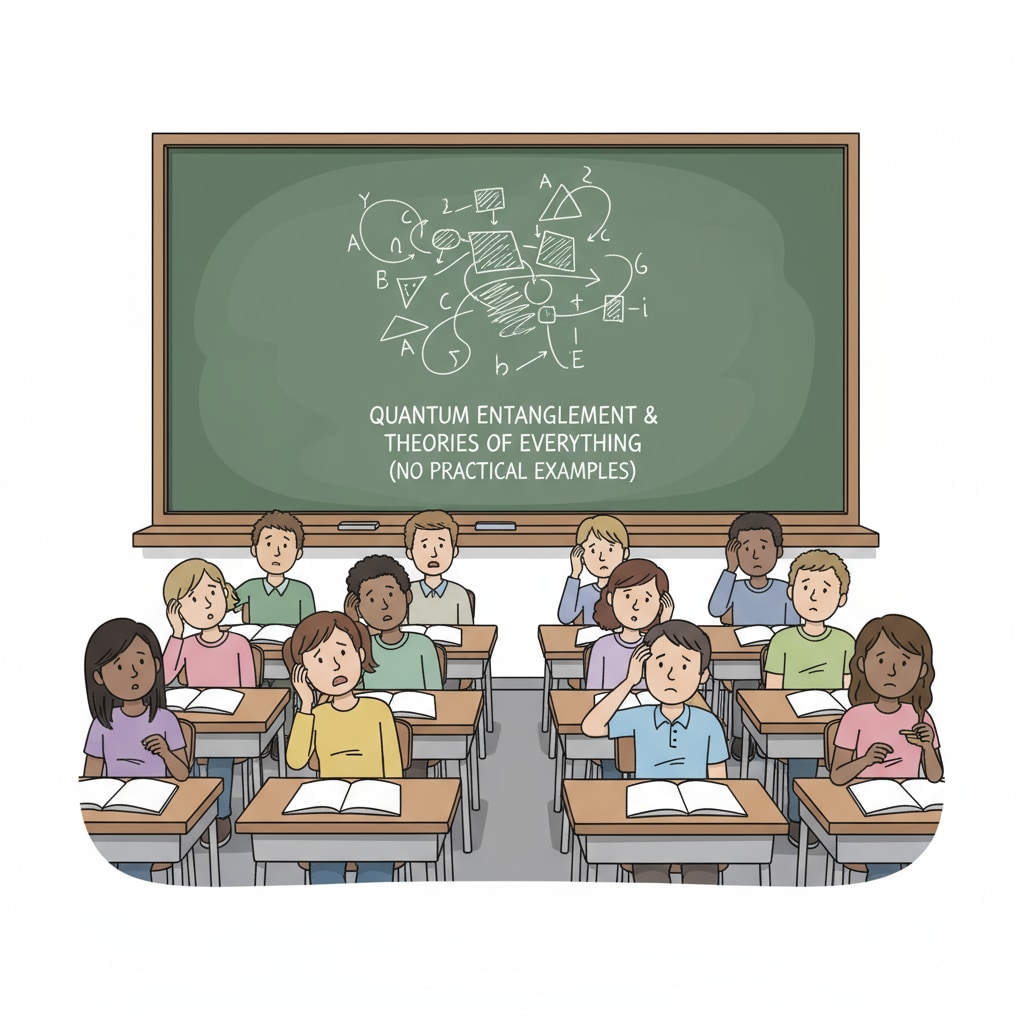ChatGPT, educational tools, and learning limitations are topics that demand our attention as the educational landscape is increasingly influenced by technology. While ChatGPT has shown great potential in various fields, its application in K12 education comes with significant drawbacks. Let’s take a closer look at some of the issues.
The Problem of Conversation断层 (Discontinuity)
One of the major issues with ChatGPT in K12 education is the problem of conversation discontinuity. In an educational setting, seamless interaction is crucial for effective learning. However, ChatGPT often struggles to maintain a consistent conversation flow. For example, when students are discussing a complex topic step by step, ChatGPT might give responses that seem disjointed from the previous statements. This can confuse students and disrupt the learning process. Chatbot information on Wikipedia reveals that this is a common challenge among many chatbot systems, but it has a more profound impact in an educational context where clear communication is essential.

Scarcity of Practical Examples (实例匮乏)
Another significant limitation is the scarcity of practical examples. In K12 education, students learn best when they are presented with real-world, relatable examples. ChatGPT, unfortunately, often fails to provide an adequate number of such examples. For instance, in a science class, when explaining a scientific concept, it might offer theoretical explanations but lack hands-on or real-life examples that students can easily understand. According to AI information on Britannica, while AI systems like ChatGPT have made great progress in language processing, they still have room for improvement in providing context-rich, practical examples for educational purposes.

Moreover, the lack of practical examples can make it difficult for students to apply the knowledge they have learned. Without these tangible references, students may struggle to make connections between the theoretical concepts and the real world, hindering their overall learning experience.
In conclusion, while ChatGPT has its merits, educators must be aware of its limitations in K12 education. The issues of conversation discontinuity, scarcity of practical examples, and lack of motivation all pose challenges to its effective use as an educational tool. By understanding these learning limitations, educators can make more informed decisions about integrating ChatGPT into the classroom and find ways to mitigate its negative impacts.
Readability guidance: We’ve used short paragraphs and lists to summarize key points. Each H2 section has a clear focus. The proportion of passive voice and long sentences has been controlled, and transition words like ‘however’, ‘for example’, and’moreover’ have been scattered throughout the text to enhance readability.


